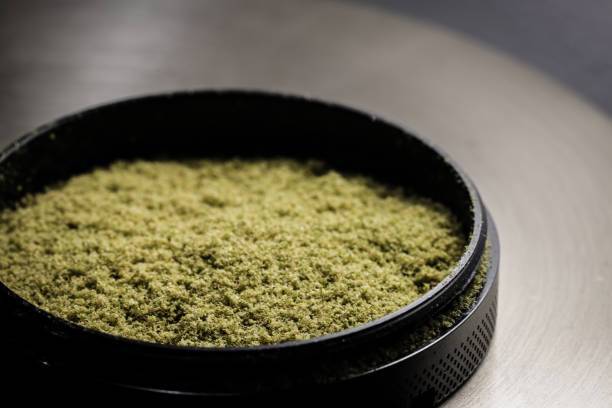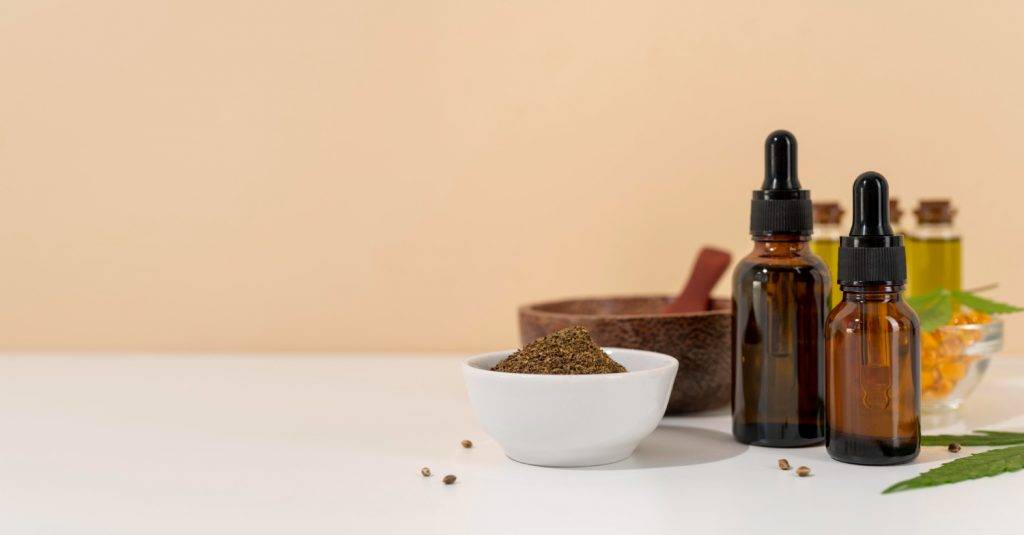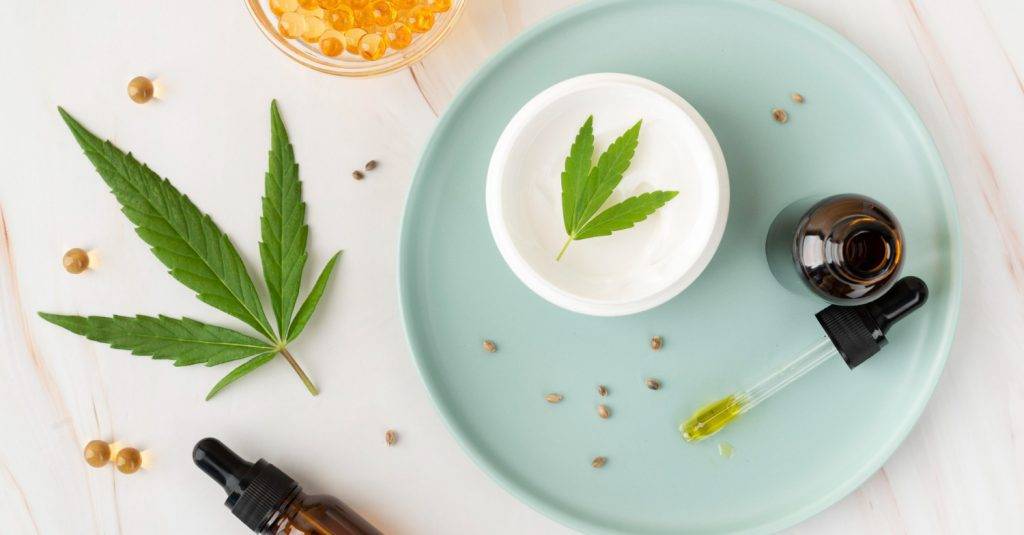In the world of cannabis, enthusiasts are always seeking ways to enhance their experience, whether it’s through potent strains, innovative consumption methods, or novel products. One such product that has gained popularity among cannabis connoisseurs is kief also known as “Dust” and “Chief”. In this comprehensive guide, we’ll delve into what dust is, its history, composition, collection methods, uses, benefits, safety considerations, and more.
What is Kief?
Kief is a concentrated form of cannabis that consists of the resinous trichomes found on the plant’s flowers.
These trichomes contain the highest concentrations of cannabinoids and terpenes, the compounds responsible for the plant’s effects and aroma, respectively.
Kief is typically collected by sifting or grinding cannabis buds, separating the trichomes from the plant material.
History of Chief
The use of kief dates back centuries, with historical records indicating its presence in various cultures worldwide.
In regions where cannabis has long been cultivated, such as the Middle East and Central Asia, kief has been a staple of traditional smoking practices.
Its cultural significance ranges from religious rituals to recreational pastimes.
The Composition of Dust
Kief is prized for its high concentration of THC, the primary psychoactive compound in cannabis, which can range from 30% to 60% or more.
Additionally, kief contains an array of terpenes, aromatic compounds that contribute to the plant’s flavor and effects. The combination of cannabinoids and terpenes gives kief its unique potency and character.
Different Methods of Collecting Dust
Traditionally, kief was collected by hand-rubbing cannabis flowers or using specialized sieves and screens to sift the trichomes from the plant material.
However, modern techniques have evolved to include mechanical grinders and dry sift tumblers, which offer greater efficiency and consistency in kief extraction.
Uses of Kief
Kief can be utilized in various ways, including smoking, vaping, cooking, and manufacturing concentrates such as hashish and oils.
Its versatility makes it a popular choice among cannabis consumers looking to enhance the potency and flavor of their favorite products.
Benefits of Using Kief
The use of kief offers several advantages, including increased potency compared to traditional cannabis flower, a richer flavor profile due to the higher concentration of terpenes, and versatility in consumption methods.
How to Store Kief Properly
To preserve the freshness and potency of kief, it’s essential to store it in an airtight container away from light, heat, and moisture.
Additionally, storing kief in the freezer can prolong its shelf life and prevent degradation.
Safety Considerations
While kief offers many benefits, it’s essential to consume it responsibly and be aware of potential risks, including overconsumption and adverse effects such as anxiety and paranoia.
Moreover, the legal status of kief varies depending on jurisdiction, so users should familiarize themselves with local regulations.
DIY Kief Extraction
For those interested in making their own kief at home, the process is relatively straightforward.
Begin by grinding cannabis buds using a grinder with a fine mesh screen to collect the trichomes. Alternatively, use a dry sift tumbler or ice water extraction method for larger quantities.
Popular Kief Products
For consumers looking to purchase pre-made kief products, there are various options available, including loose kief, pre-rolled joints, and concentrates such as moon rocks and caviar.
It’s essential to research and read reviews to find high-quality products from reputable brands.
Kief vs. other Cannabis Products
Compared to other cannabis products such as hash and flower, kief offers unique characteristics and benefits. While hash is made from compressed kief, kief itself is less processed and retains more of the plant’s natural properties.
Additionally, kief can be added to flower or concentrates to enhance their potency and flavor.
Kief in the Medical Cannabis Community
In the medical cannabis community, kief is valued for its therapeutic potential, with research indicating its efficacy in managing symptoms such as pain, inflammation, and nausea.
Patients often prefer kief for its fast-acting effects and precise dosing options.
The Future of Kief
As the cannabis industry continues to evolve, we can expect to see advancements in kief production techniques, product innovation, and research into its medicinal properties.
With growing acceptance and legalization of cannabis worldwide, the future looks promising for kief and its role in enhancing the cannabis experience.
Conclusion
In conclusion, kief is a versatile and potent cannabis product that offers numerous benefits for both recreational and medical users. From its rich history to its myriad uses and potential future developments, kief remains a fascinating aspect of cannabis culture.
Whether enjoyed on its own or as an ingredient in various products, kief continues to captivate enthusiasts with its unique characteristics and effects.
FAQs
Is kief legal to possess and use?
Yes, the legality of kief varies depending on your location. It's essential to familiarize yourself with local laws and regulations regarding cannabis products.
How potent is kief compared to regular cannabis flower?
Kief can be significantly more potent than cannabis flower, with THC concentrations ranging from 30% to 60% or higher.
Can I make my own kief at home?
Yes, you can extract kief at home using a grinder, dry sift tumbler, or ice water extraction method.
What are some popular ways to consume kief?
Kief can be smoked, vaped, added to edibles, or used to make concentrates such as hash and oils.
Are there any health risks associated with using kief?
Like any cannabis product, overconsumption of kief can lead to adverse effects such as anxiety and paranoia. It's essential to consume responsibly and in moderation.




